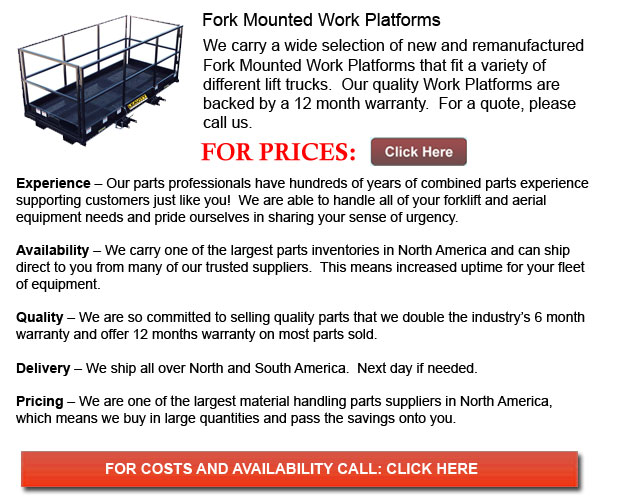
Fork Mounted Work Platform - There are particular requirements outlining forklift safety requirements and the work platform must be built by the maker in order to conform. A customized made work platform can be constructed by a licensed engineer as long as it likewise meets the design criteria according to the applicable lift truck safety requirements. These customized designed platforms should be certified by a licensed engineer to maintain they have in fact been manufactured according to the engineers design and have followed all standards. The work platform has to be legibly marked to display the name of the certifying engineer or the maker.
Certain information is required to be marked on the machinery. For instance, if the work platform is custom-made built, a unique code or identification number linking the certification and design documentation from the engineer has to be visible. When the platform is a manufactured design, the part number or serial to allow the design of the work platform need to be marked in able to be associated to the manufacturer's documentation. The weight of the work platform while empty, along with the safety requirements that the work platform was made to meet is among other required markings.
The maximum combined weight of the tools, people and materials acceptable on the work platform is known as the rated load. This particular information must also be legibly marked on the work platform. Noting the minimum rated capacity of the forklift which is needed so as to safely handle the work platform can be determined by specifying the minimum wheel track and forklift capacity or by the make and model of the lift truck that can be used along with the platform. The method for connecting the work platform to the fork carriage or the forks should likewise be specified by a professional engineer or the producer.
Another requirement meant for safety guarantees the flooring of the work platform has an anti-slip surface situated not farther than 8 inches above the normal load supporting area of the tines. There should be a way offered to be able to prevent the carriage and work platform from pivoting and revolving.
Use Requirements
The lift truck has to be used by a skilled driver who is certified by the employer to be able to utilize the apparatus for hoisting employees in the work platform. The work platform and the lift truck must both be in compliance with OHSR and in satisfactory condition previous to the utilization of the system to lift employees. All maker or designer directions which pertain to safe use of the work platform must also be existing in the workplace. If the carriage of the forklift is capable of pivoting or turning, these functions ought to be disabled to maintain safety. The work platform must be secured to the fork carriage or to the forks in the specific way given by the work platform maker or a professional engineer.
Various safety ensuring requirements state that the weight of the work platform together with the utmost rated load for the work platform should not go over one third of the rated capacity of a rough terrain forklift or one half the rated capability of a high forklift for the configuration and reach being utilized. A trial lift is required to be performed at each and every job location at once previous to raising staff in the work platform. This practice guarantees the forklift and be located and maintained on a proper supporting surface and likewise to be able to guarantee there is enough reach to locate the work platform to allow the job to be done. The trial process also checks that the mast is vertical or that the boom can travel vertically.
previous to utilizing a work platform a test lift should be done at once previous to raising staff to ensure the lift can be correctly situated on an appropriate supporting surface, there is enough reach to put the work platform to do the needed task, and the vertical mast could travel vertically. Utilizing the tilt function for the mast could be used so as to assist with final positioning at the job location and the mast should travel in a vertical plane. The trial lift determines that ample clearance can be maintained between the elevating mechanism of the forklift and the work platform. Clearance is likewise checked according to storage racks, overhead obstructions, scaffolding, as well as any surrounding structures, as well from hazards such as live electrical wires and energized machine.
A communication system between the lift truck operator and the work platform occupants have to be implemented so as to safely and efficiently control work platform operations. If there are several occupants on the work platform, one individual must be designated to be the main person accountable to signal the lift truck driver with work platform motion requests. A system of arm and hand signals should be established as an alternative means of communication in case the main electronic or voice means becomes disabled during work platform operations.
In accordance with safety measures, personnel should not be transported in the work platform between different task locations. The work platform must be lowered so that employees could leave the platform. If the work platform does not have guardrail or sufficient protection on all sides, every occupant has to put on an appropriate fall protection system secured to a designated anchor spot on the work platform. Staff should carry out functions from the platform surface. It is strictly prohibited they do not stand on the guardrails or use whatever tools so as to add to the working height on the work platform.
Finally, the forklift operator has to remain within ten feet or three meters of the forklift controls and maintain visual communication with the lift truck and with the work platform. If the lift truck platform is occupied the operator has to abide by the above standards and remain in communication with the work platform occupants. These information aid to maintain workplace safety for everyone.
![]() Click to Download the pdf
Click to Download the pdf
Forklift Parts
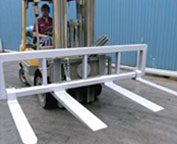
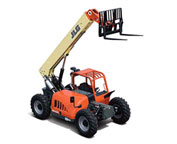

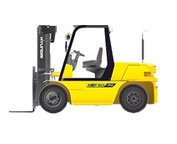
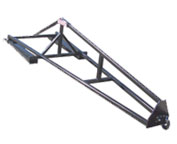
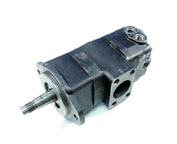
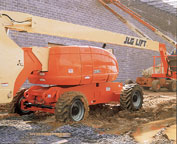

Lift Parts Express
TOLL FREE: 1-888-695-7994
LOCAL: (510) 727-5652
22568 Mission Blvd #407
Hayward, California
forkliftpartshayward.com
Email Us
About Us


